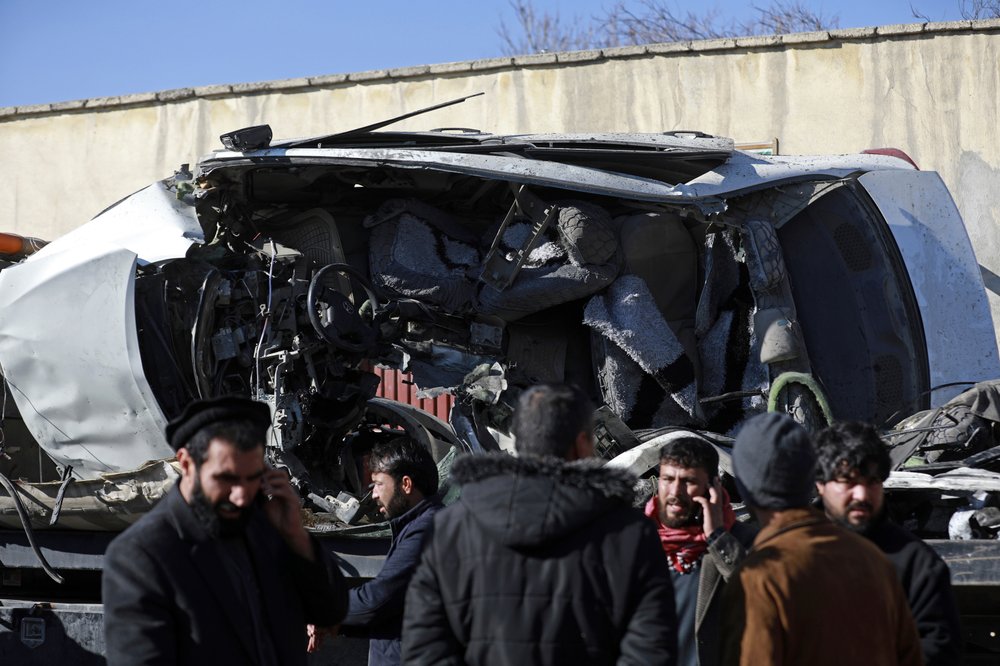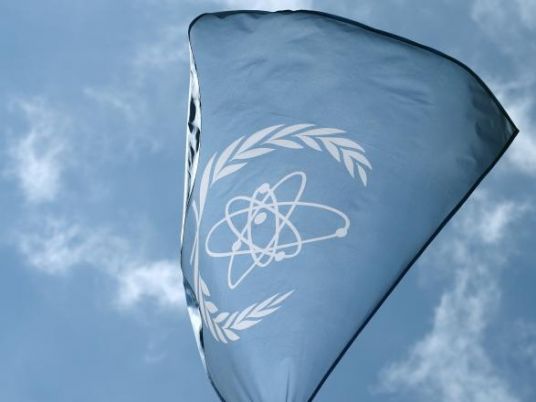
Afghanistan saw one of the most violent years in terms of assassinations in 2020, according to data published on Sunday by The New York Times (NYT).
Despite a lack of official figures, the NYT documented the deaths of 136 civilians and 168 security force members last year — one of the worst years in Afghanistan’s recent history.
Many of the killings are unclaimed, with many people blaming the Taliban. Others say government factions or militants from the “Islamic State” (IS) armed group could be responsible.
The NYT points out that the recent attacks reflect a shift away from the Taliban’s former strategy of targeting high-profile officials. Instead, the unclaimed attacks have been terrorizing journalists, civil servants and human rights workers as well as rank-and-file security forces.
Alongside the numerous assassinations, there were other large-scale attacks, such as the killing of over 20 students at Kabul University in November — an attack claimed by IS militants active in the country.
The revelations come as the Afghan government and Taliban forces prepare to restart peace talks in Qatar on Tuesday.
Who is carrying out the attacks?
Many government officials believe the Taliban to be responsible for the attacks as they seek to force a desperate government to submit to their terms in the peace deal negotiations.
“The Taliban aim to divide the people and trigger criticism and frustration against the government’s security institutions with these assassinations,” Javid Faisal, an adviser to the National Security Council, told the AFP news agency.
“For the Taliban, the aim of these attacks is likely twofold: to degrade public trust in the government and to eliminate those who might oppose the group’s interpretation of justice and virtue, especially if a version of their hard-line Islamic government — known for human rights violations during its rule in the 1990s — returns to power following any peace deal,” the NYT suggested.
Ahmad Zia Siraj, Afghanistan’s spy chief, told lawmakers that the Taliban carried out over 18,000 attacks throughout the country in 2020, while the UN Assistance Mission calculated that 2,177 civilians were killed and 3,822 were wounded in the first nine months alone, according to AFP.
Most of the civilians killed were caught up in the wider conflict.
Dawlat Waziri, a former Afghan general and military analyst, told NYT that factions connected to the government have benefited from the attacks: “Drug smugglers, land grabbers, corrupt officials and those against government reform plans are also behind these attacks.”
“They want the peace talks to collapse and even support a civil war, because the more chaos and war in this country, the more they will benefit,” he said.
US troops on their way out
Most of the assassinations were carried out either with highly explosive, homemade magnetic bombs — as was used to kill the deputy governor of Kabul in December.
Alternatively, unidentified gunmen simply shot down their targets — such as with the killing of the prominent journalist Bismillah Adil Aimaq on New Year’s Day.
The violence has not abated in the lead-up to the withdrawal of the majority of US troops from Afghanistan, 19 years after the invasion first began.
US Secretary of State Mike Pompeo celebrated the negotiations between the two Afghan sides as well as almost a year without American casualties, in a tweet on Saturday.
He referred to the developments of 2020 as: “Such incredible progress.”
By Alex Berry
IMAGE: Afghan security personnel inspect the site of a roadside bomb attack in Kabul, Afghanistan, Tuesday, Decemeber 22, 2020. A roadside bomb tore through a vehicle in the Afghan capital of Kabul, killing multiple people, police said. (AP Photo/Rahmat Gul)




